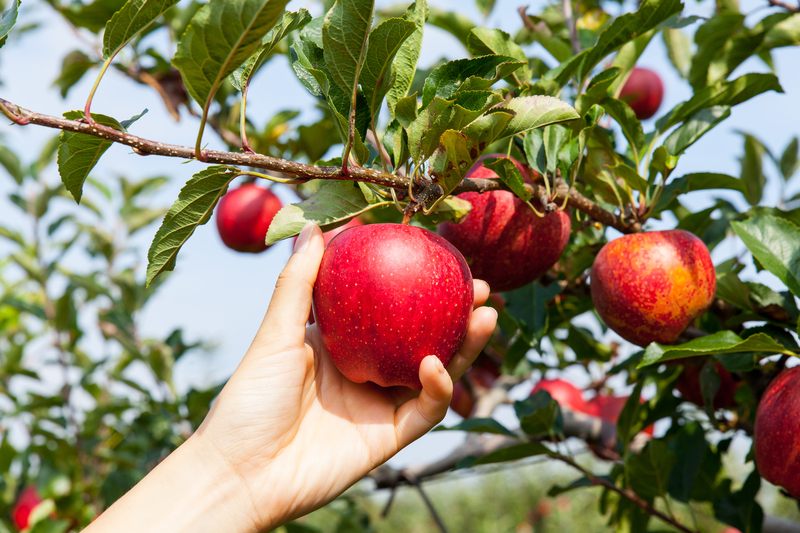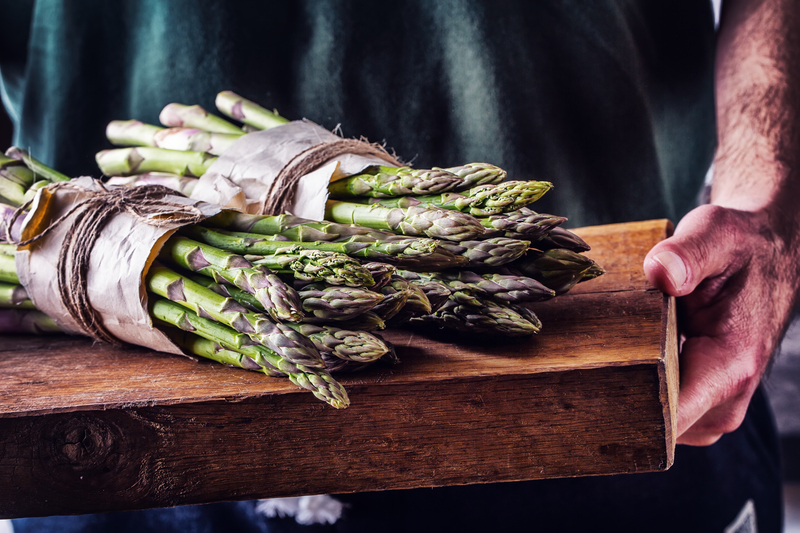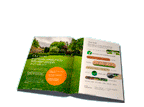Wildlife Habitat Ideas for Your Garden
Posted on 10/04/2025
Creating a wildlife habitat in your garden is not only beneficial for the local ecosystem, but it's also a delightful way to observe nature up close. Whether you have a sprawling backyard or a small urban garden, there are countless ways to make your space more inviting to various species of wildlife.
1. Native Plants
Using native plants is one of the most effective ways to attract wildlife. Native plants are adapted to the local climate and soil conditions, making them easier to care for. More importantly, they provide familiar food and shelter to local wildlife.

2. Water Features
Water is a crucial element for attracting wildlife. A small pond, birdbath, or even a simple water dish can attract birds, insects, and other animals. Ensure that water sources are clean and replenished regularly.
3. Bird Feeders and Houses
Bird feeders and birdhouses are classic yet effective ways to encourage avian visitors. Different feeder types and food can attract various species. Similarly, birdhouses provide safe nesting spots.
4. Insect Hotels
Insects are vital for pollination and as a food source for other wildlife. Insect hotels offer shelter to beneficial bugs. These can be bought or easily constructed using materials like bamboo, wood, and bricks.
5. Compost Heaps and Log Piles
Compost heaps provide rich organic material that attracts insects, which in turn attract birds and small mammals. Similarly, log piles offer shelter and feeding grounds for a variety of creatures including hedgehogs, beetles, and amphibians.
6. Shrubs and Bushes
Consider adding a variety of shrubs and bushes to your garden. They provide excellent cover for small mammals, birds, and insects, and can also offer nesting sites.
7. Wildflower Meadows
If you have the space, consider planting a wildflower meadow. These are excellent for attracting pollinators such as bees and butterflies, and they add a splash of color to your garden.
8. Leave Some Areas Untouched
While it's tempting to keep your garden immaculate, leaving some areas untended can provide crucial habitat for wildlife. Piles of leaves, uncut grass, and undisturbed soil offer shelter and foraging grounds.
9. Trees and Hedges
Planting trees and hedges can provide food, shelter, and nesting sites for a variety of wildlife. Species like oak, maple, and fruit trees are particularly valuable.
Tips for Creating a Wildlife-Friendly Garden
- Use a variety of plants to cater to different wildlife needs.
- Maintain a pesticide-free environment to ensure the safety of your guests.
- Ensure there is a continuous bloom of flowers from spring to fall to provide consistent food sources.
- Provide shelter options at different heights, from ground level up to tree canopies.
Pros and Cons of Creating a Wildlife Habitat
Pros
- Supports local ecosystems and biodiversity.
- Reduces pests naturally through balanced ecosystems.
- Creates a serene and educational outdoor space.
Cons
- May attract unwanted pests or predators.
- Requires regular maintenance and monitoring.
- Initial cost of setting up habitats like ponds or wildflower meadows.

Takeaways
Creating a wildlife habitat in your garden is a rewarding endeavor that supports local wildlife while enriching your outdoor space. The key strategies include using native plants, adding water features, and providing various shelters and food sources.
Conclusion
Transforming your garden into a wildlife haven not only helps sustain local biodiversity but also offers endless opportunities for enjoyment and learning. By incorporating native plants, water features, and carefully planned shelters, you can successfully create an inviting habitat for a variety of wildlife species. Embrace the beauty of nature right from your doorstep and contribute positively to your local ecosystem.






 Certified and experienced landscapers
Certified and experienced landscapers



 Get a Quote
Get a Quote